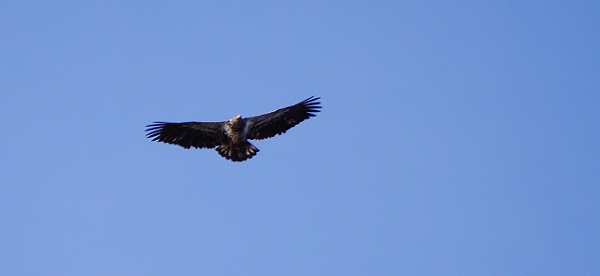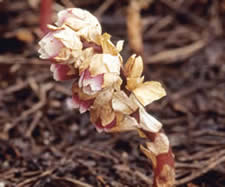
The Endangered Species Act (ESA) was signed into law in 1973, and has since become one of the most powerful environmental laws ever enacted. Though not perfect, according to Yale Environment 360 the ESA has helped 29 species recover from the brink of extinction.
The Oregon Chub is the most recent species to be officially designated as “recovered.” Throughout its 22 year journey as an ESA listed species, the chub has benefited from intensive efforts not only by conservation organizations, but also from private landowners and the government, and is the first ever fish species to recover. Other species that have officially recovered include the Lake Erie Water Snake, Eggert’s Sunflower, Brown Pelicans, American Alligators, and Peregrine Falcons (for a gallery of species, click here).
Perhaps the most famous recovery however, has been that of the Bald Eagle, symbol of the United States. Bald Eagles were listed under the ESA in 1978 after pesticide use decimated their populations, but since then their numbers have drastically increased. They are now found across the country, including here in the Triangle. Bald Eagles were delisted in 2007, and are currently an IUCN species of “Least Concern.”
Here at TLC, we strive to make our nature preserves safe habitat for both rare and common species. Prescribed burns at Horton Grove and on other properties maintain rare Piedmont Prairie and savanna ecosystems, which in turn provides habitat for species that depend upon them. Bald Eagles have been spotted at TLC’s Horton Grove Nature Preserve and White Pines Nature Preserve, a magnificent sight made even more special through the recognition that they are now part of healthy regional populations.

Photo courtesy of the USDA Forest Service, http://www.fs.fed.us/wildflowers/beauty/mycotrophic/monotropsis_odorata.shtml
Though not federally listed, Sweet Pinesap (Monotropsis odorata) is native in 10 states in the Southeast, but is recognized as endangered in four of them. Found in Horton Grove, Sweet Pinesap plants are small, short wildflowers, reaching a height of only 5 to 10 centimeters. They have delicate blossoms that flower in the mid or late spring, and they prefer to be in moist and shady hardwood forests. Due to habitat conversion and fire suppression, they are threatened in Kentucky and Tennessee, and endangered in Florida and Maryland.
Preserving natural habitats is a central part of TLC’s mission. By providing protection for these plants and animals on our properties, we hope to contribute to the recovery of state and federal endangered species. To learn more about how TLC strives to conserve natural habitat, click here.
